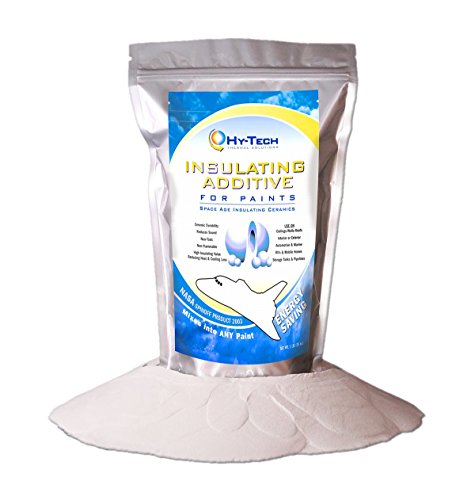What is insulation paint? HVAC and paint pros reveal whether it's a cheap fix or a DIY disaster
Our experts warn this alternative to traditional insulation won't have a significant impact alone

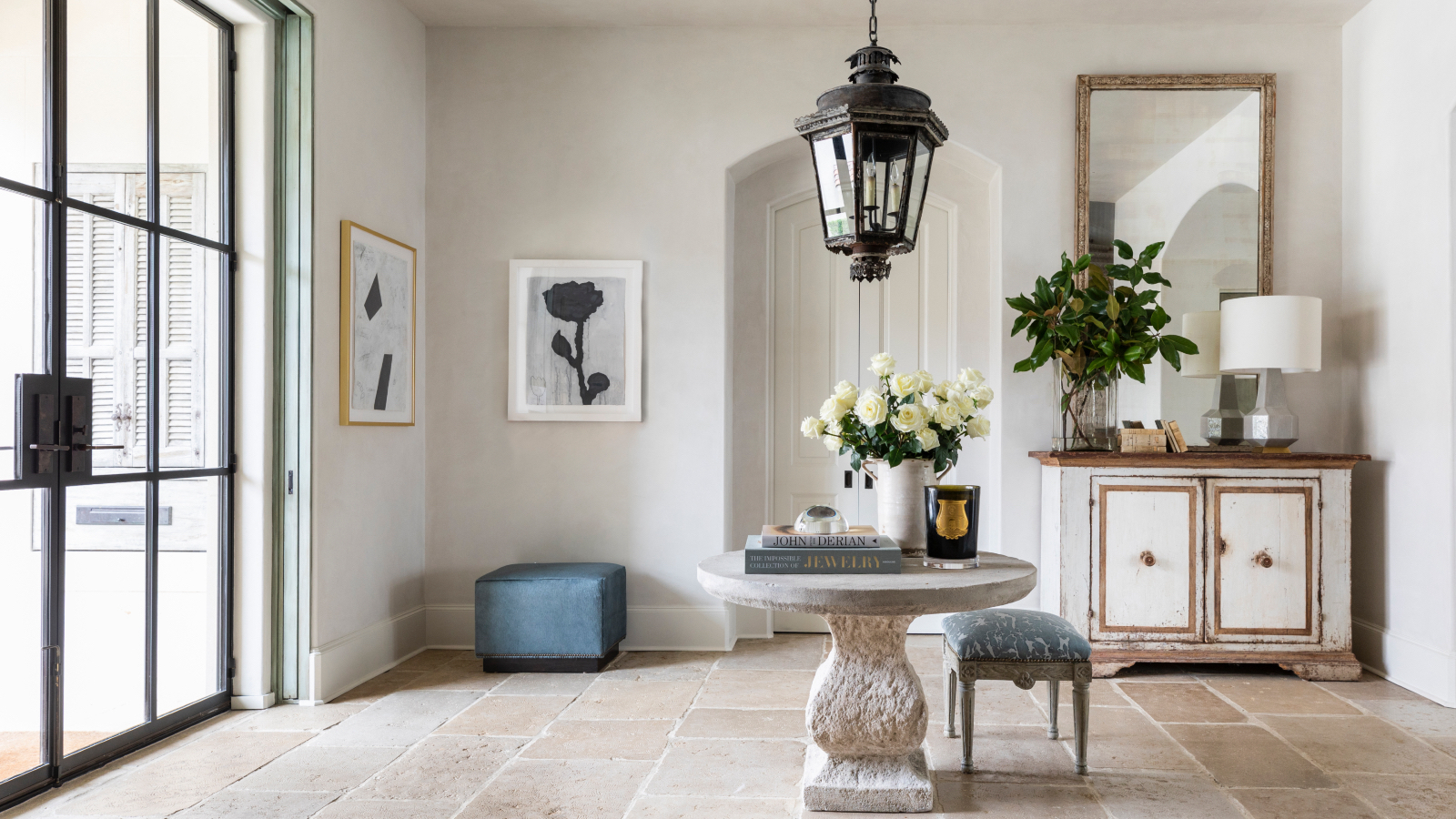
As winter weather approaches, most homes will suffer from drafts, faulty furnaces, or air leaks. These can make your home feel far more cold than cozy and really affect the comfort of your space.
While there are many ways to keep your home warm, from radiators and reflectors to window treatments and curtains, the most effective method is nearly always investing in insulation. What you may not have considered, or even heard of, though, is insulation paint.
Here, I spoke to HVAC and paint pros to find out more about this affordable alternative to keeping your house warm without turning up the heat and to determine whether it's a worthwhile expense or simply an ineffective invention.
What is insulation paint?
Doing what it says on the tin – insulation paint is used on walls to create a thermal barrier and reduce heat loss in the home.
George Crew, principal painting contractor at Chicago Paint Crew, with over 30 years in the industry, explains, 'Insulation paint, often referred to as thermal paint, is a specialized coating aimed at enhancing a building's thermal properties.
'It features tiny ceramic or glass beads that form a thin, heat-resistant barrier, which helps to minimize heat transfer through surfaces. Marketed as a user-friendly solution for boosting energy efficiency, it can be applied to both interior and exterior walls to help maintain comfortable indoor temperatures and reduce heating or cooling expenses,' helping you to save money at home.
It is also a cheaper alternative to other insulation types, such as glass wool insulation, and can easily be done yourself, so long as you know how to paint a wall.
Design expertise in your inbox – from inspiring decorating ideas and beautiful celebrity homes to practical gardening advice and shopping round-ups.
Does insulation paint work?
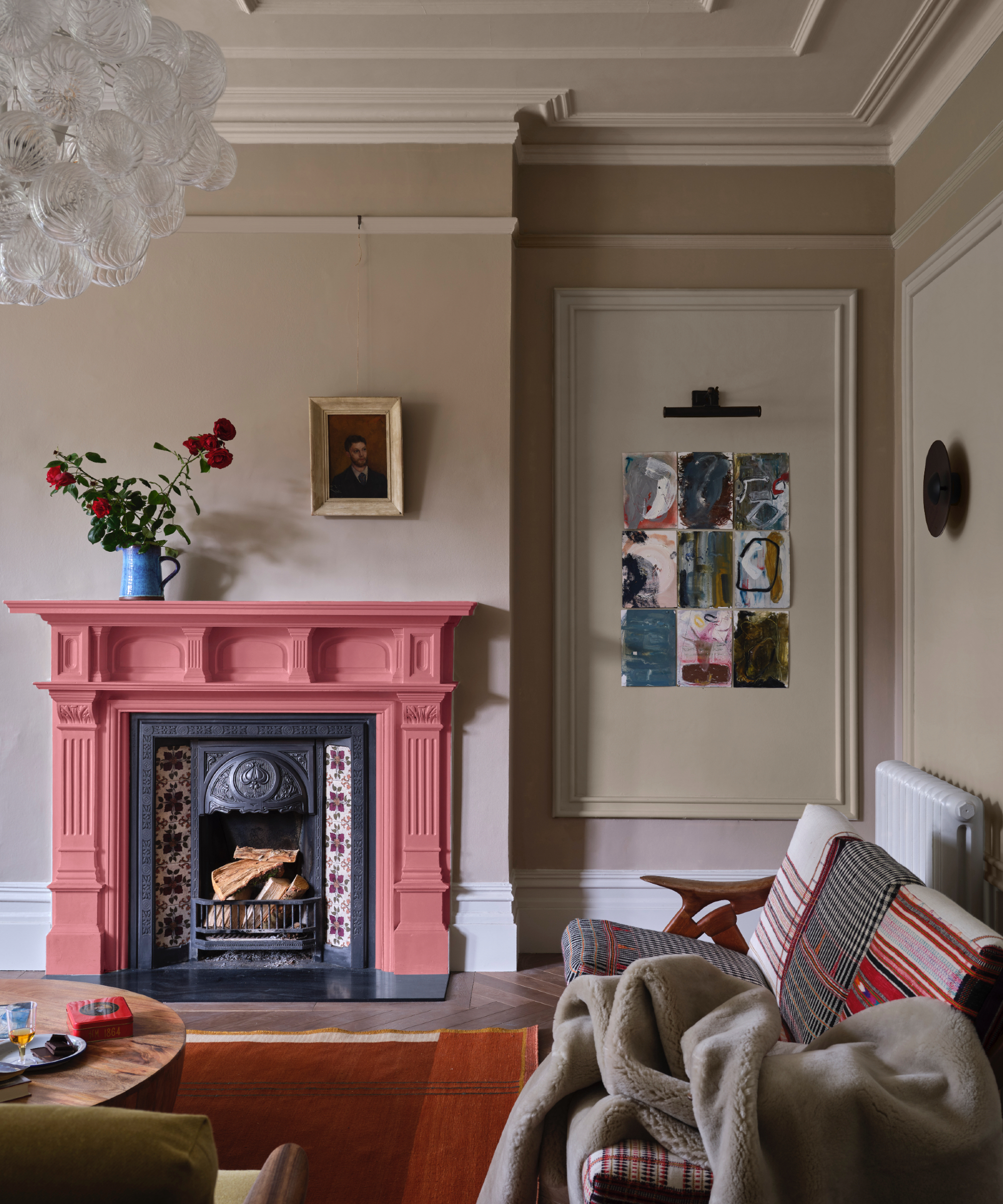
But, most importantly, does insulation paint actually work?
Andy Shu, HVAC specialist at ZapFixers, advises, 'Insulation paint can help improve energy efficiency, but its performance depends on the application, environment, and the paint's formulation. It is most effective when used in conjunction with proper insulation, as it's not a replacement for traditional insulating materials, like foam or fiberglass.
'Its ability to reduce heat transfer can be limited compared to these alternatives.'
That being said, while it won't necessarily hugely cut energy bills, Shu notes that the reflective properties of the paint can bounce radiant heat away, particularly in hot climates. Therefore, it's useful for adding a small, additional thermal barrier on surfaces already insulated, as an additional type of attic insulation, for example.
Where to use insulation paint

When it comes to where to use insulation paint ideas, keep in mind that it will be most efficient in particularly sunny spots. For example, in attics, the paint can help to reduce heat transfer through roofs in hot climates, while in sunroom ideas, it will reflect excess heat, particularly on south or west-facing walls.
Paint expert Crew also points out that insulation paint is often designed to resist moisture, which can help prevent dampness and mold in basement ideas or crawl spaces.
How to use insulation paint
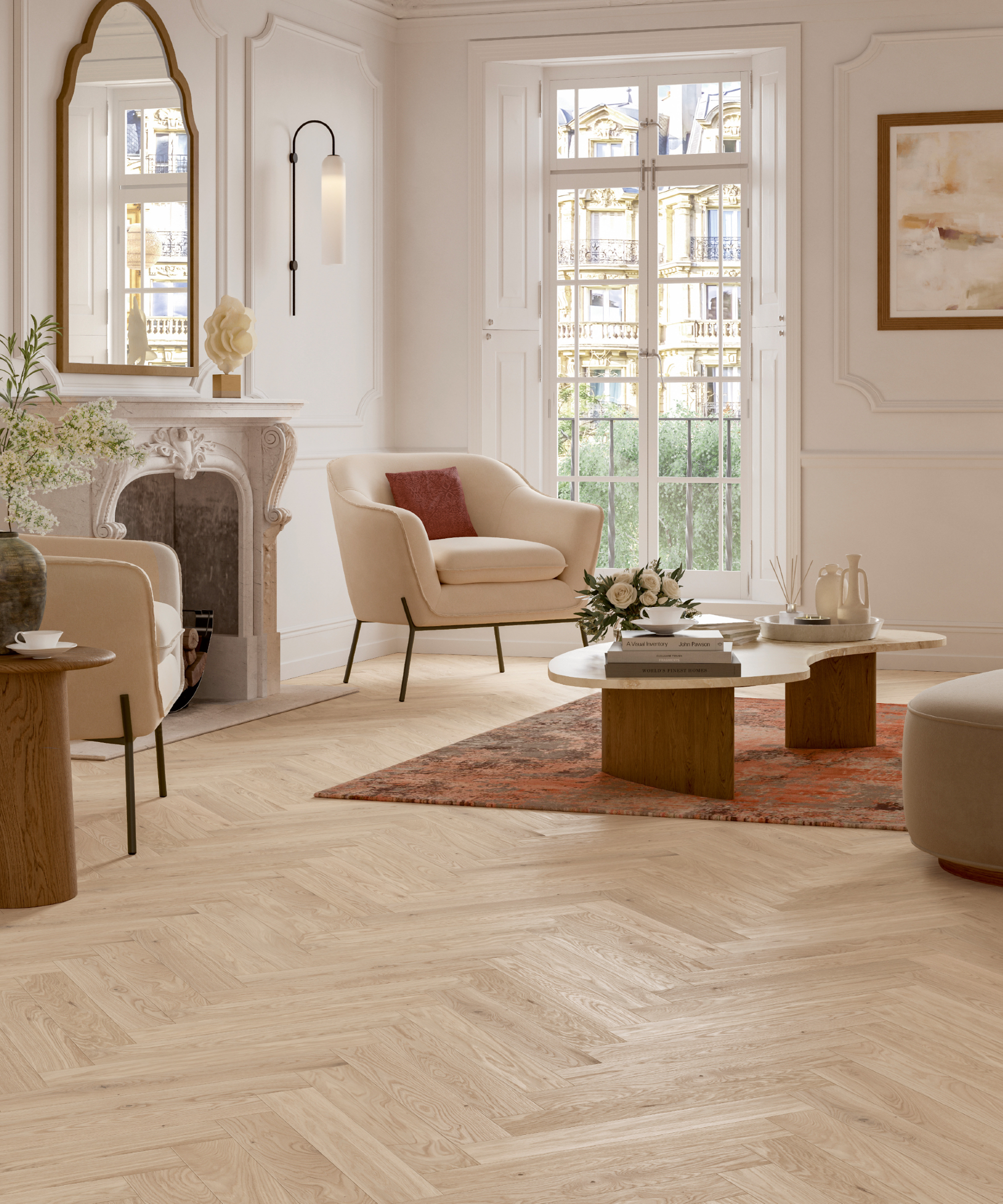
If you do opt to use insulation paint, and determine that you have a suitable space to do so, paint expert Crew shares his top tips:
- Apply several coats (three to four is ideal) to achieve optimal performance
- Target areas that lack insulation, such as roofs, exterior walls, or spaces that lack insulation for the best outcome
- Pair with other insulation techniques to enhance energy savings
Alternatives to insulation paint

If you're considering insulation options for significant impact, Colin Matei, owner of Clean Air Heating & Cooling, recommends exploring traditional methods, like installing fiberglass or cellulose in walls and attics.
'These provide a more comprehensive thermal barrier, especially in climates with extreme temperatures,' he says. 'In our services, I've seen better results with these systems in diverse spaces like basements and living rooms,' particularly if you know which areas of your home you should always insulate, for maximum impact.
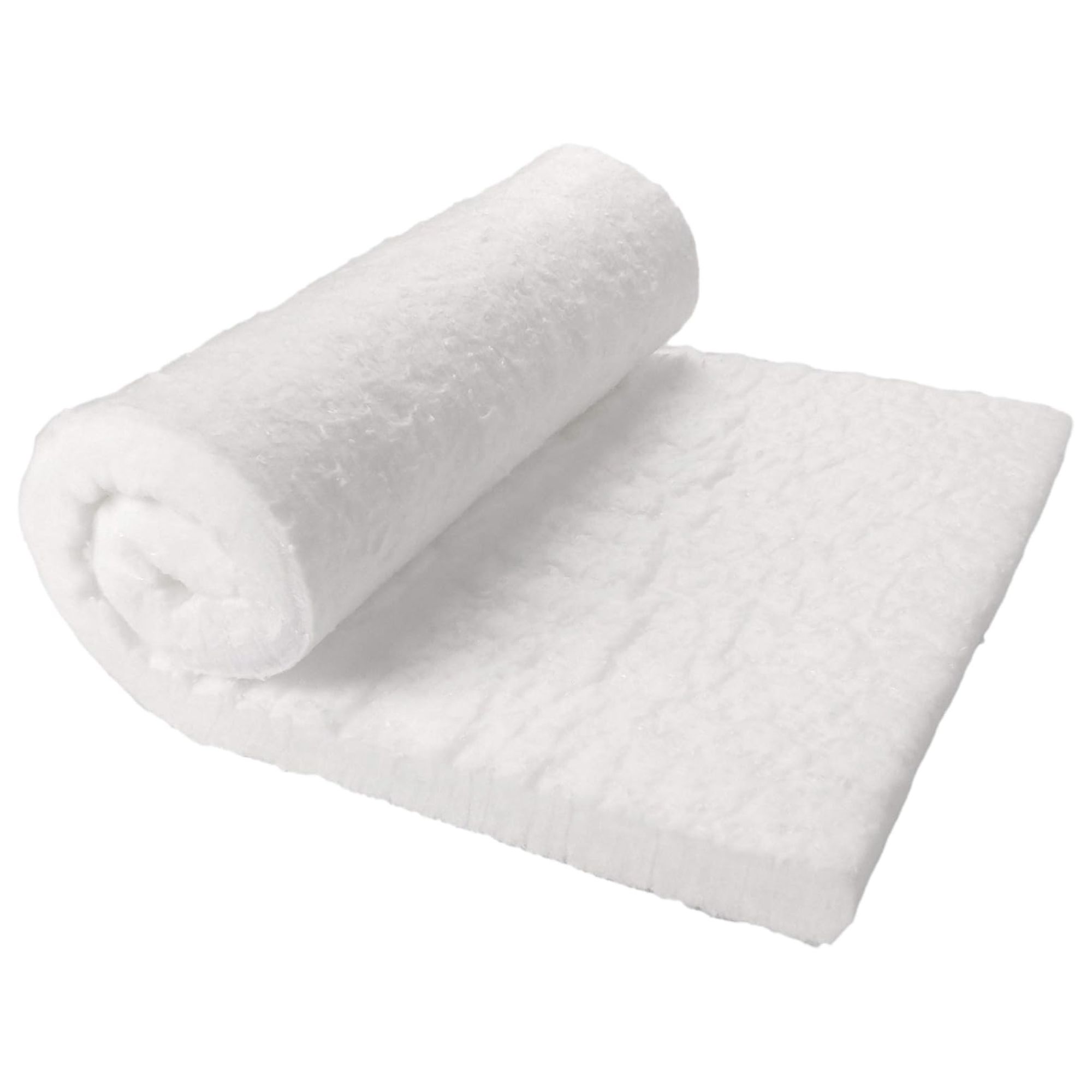
This premium density ceramic fiber insulation is fireproof, with high insulating value, strength and durability.
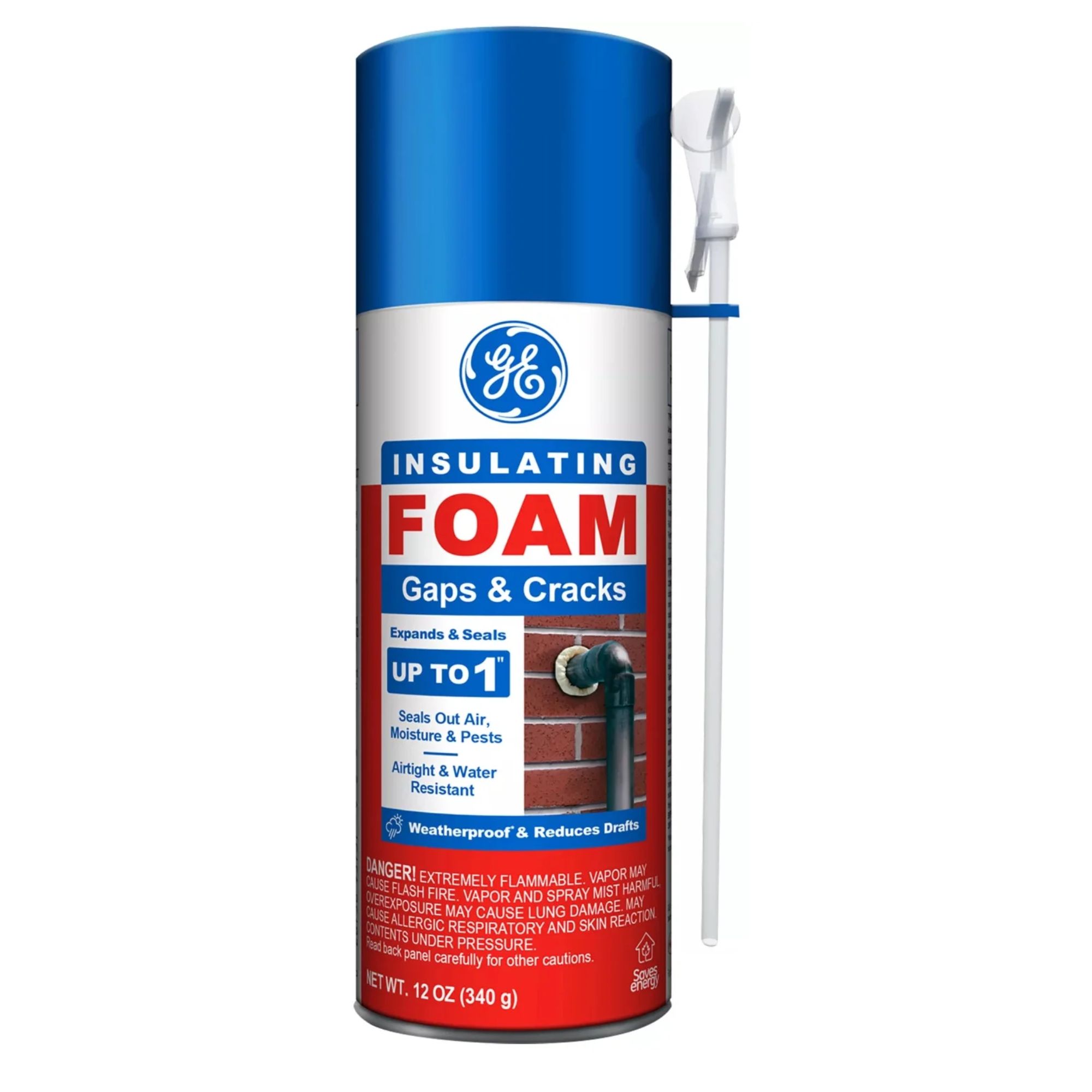
This weatherproof foam expands in any gaps or cracks, and is water, moisture and pest-resistant, with an airtight seal.

This natural cotton insulation can be used for insulation, cushioning, and noise dampening, and is safe to install without gloves, goggles or masks.
FAQs
Can you paint over thermal paint?
Thermal paint can be painted over or covered with any wallpaper ideas, as long as the insulation paint has been allowed to fully dry beforehand. This will improve its appearance, as well as increase the durability and energy efficiency of the insulating properties.
How long does thermal paint take to dry?
Much like normal paint, thermal paint should be touch dry within about two hours, depending on the temperature and humidity levels of where it is used, but always allow four hours between coats for an even finish. Our expert-led guide on how to make paint dry faster delves into speeding up the process without compromising on quality.
'In summary, while insulation paint can be beneficial, it shouldn't be relied upon as the sole method for achieving significant energy efficiency gains,' says paint expert Crew. 'For those living in extreme climates, traditional insulation methods are still the best option.
'However, when applied thoughtfully, insulation paint can work alongside existing solutions to help create a more comfortable and energy-efficient home. Always adhere to the manufacturer's instructions and consider combining products to meet your specific requirements.'
Next, learn about the signs it's time to replace your insulation, to ensure consistent efficiency.

Ottilie joined Homes & Gardens in 2024 as the News Writer on Solved, after finishing a Master's in Magazine Journalism at City, University of London. Now, as the Sleep Editor, she spends her days hunting deals and producing content on all things sleep – from mattresses and sheets to protectors and pillows, all of which she tests in her own home. She also has particular expertise in home fragrance, covering everything from candles to reed diffusers.
Previously, she has written for Livingetc and Motorsport Magazine, and also has a Master's degree in English Literature and History of Art from the University of Edinburgh, where she developed a love for inspiring interiors and architecture.
